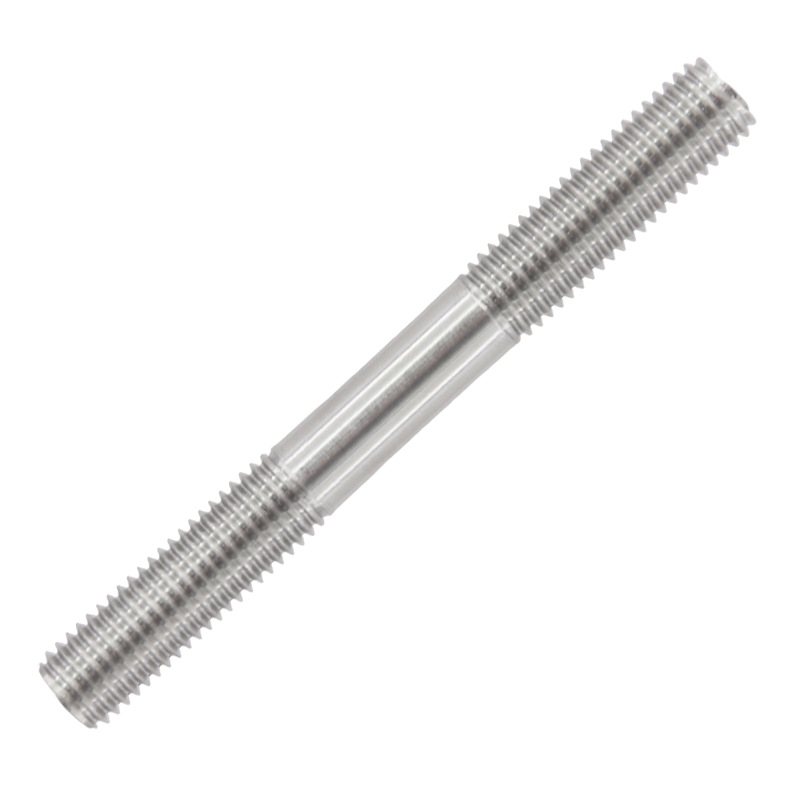

Understanding the Benefits and Applications of Hexagonal Nuts in Engineering Projects
Nov . 10, 2024 08:44 Back to list
Understanding the Benefits and Applications of Hexagonal Nuts in Engineering Projects
The Versatility of Hex Nuts in Modern Applications
Hex nuts are a crucial component in the world of fasteners and machinery, playing a vital role in ensuring the integrity and stability of various constructions and mechanical assemblies. Their hexagonal shape, from which they derive their name, allows for easy handling and excellent grip with tools, making them an essential element in a multitude of applications. From home improvement projects to large-scale industrial endeavors, hex nuts serve as a steadfast building block.
The Design and Functionality
A hex nut is characterized by its six flat sides, enabling it to be easily turned with a wrench or socket. This design is not just for aesthetics; it provides a stable surface for applying torque, which is crucial when securing items together. Typically made from metals such as steel, stainless steel, or brass, hex nuts can also be produced from plastic for specific applications, such as in environments prone to corrosion.
The primary function of a hex nut is to fasten objects together, commonly used in conjunction with a bolt. When a bolt passes through one or more parts, a hex nut is threaded onto the end. The tightening of the nut creates tension, securing the parts in place. This simplicity belies the complexity of its application. Hex nuts can be found in everything from furniture assembly, where they provide structural support, to automotive manufacturing, where they secure crucial engine components.
Types of Hex Nuts
Hex nuts come in various types to meet specific needs
. The standard hex nut is the most commonly used, but variations such as the lock nut, flange nut, and nyloc nut add further functionality. Lock nuts are designed to prevent loosening due to vibration, while flange nuts have a wider base that distributes the load over a larger area, providing additional stability. Nyloc nuts incorporate a nylon insert that grips the bolt threads, preventing them from loosening without the need for a separate lock washer.hex nut

Additionally, hex nuts are available in different grades, indicating their strength and material properties. For instance, nuts made from high-strength steel are used in heavy-duty applications, while lighter-grade options are suitable for general-purpose use. This wide range of options ensures that engineers, builders, and DIY enthusiasts can select the right hex nut for their specific requirements.
Industrial and Automotive Applications
In the automotive industry, hex nuts are integral to vehicle assembly and maintenance. They secure essential components like wheels, exhaust systems, and engine parts. The reliability of hex nuts in these contexts is fundamental, as even a small failure can lead to significant safety hazards. Engineers often choose high-quality hex nuts that meet specific standards to ensure performance under demanding conditions, including extreme temperatures and vibrations.
Moreover, in industrial applications, hex nuts facilitate the assembly of monumental structures, including bridges and skyscrapers. In these scenarios, the strength and reliability of hex nuts can mean the difference between a secure structure and a potential disaster. The construction industry relies heavily on a variety of fastening technologies, with hex nuts being a staple due to their ease of use and effectiveness.
Conclusion
Hex nuts may seem like a small component in the vast world of construction and manufacturing, but their impact is profound. Their simple yet effective design has made them a go-to solution for countless fastening needs across various industries. As technology continues to evolve, so too do the materials and designs of hex nuts, ensuring they remain relevant and effective.
Whether you’re a seasoned professional or an enthusiastic DIYer, understanding the role of hex nuts can enhance your projects significantly. Their ability to provide robust and reliable connections makes them indispensable in our modern world, reflecting the ingenuity and practicality of simple mechanical components. As we continue to build and innovate, hex nuts will undoubtedly remain a pivotal element of both new and existing structures.
Latest news
-
High-Strength Hot-Dip Galvanized Bolts-Hebei Longze|Corrosion Resistance&High Strength
NewsJul.30,2025
-
Hot Dip Galvanized Bolts-Hebei Longze|Corrosion Resistance&High Strength
NewsJul.30,2025
-
Hot Dip Galvanized Bolts - Hebei Longze | Corrosion Resistance, High Strength
NewsJul.30,2025
-
High-Strength Hot Dip Galvanized Bolts-Hebei Longze|Corrosion Resistance, Grade 8.8
NewsJul.30,2025
-
Hot Dip Galvanized Bolts-Hebei Longze|Corrosion Resistance,High Strength
NewsJul.29,2025
-
High-Strength Hot Dip Galvanized Bolts - Hebei Longze Metal Products Manufacturing Co., Ltd.|corrosion resistance&high strength
NewsJul.29,2025

